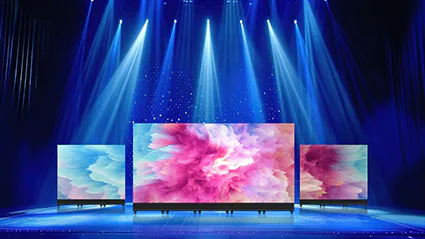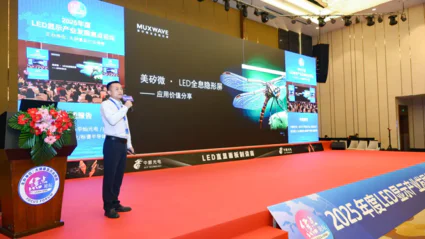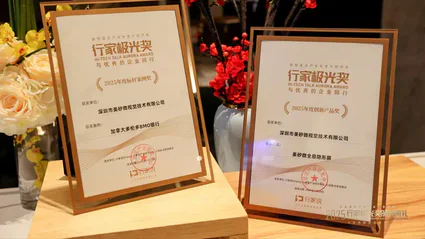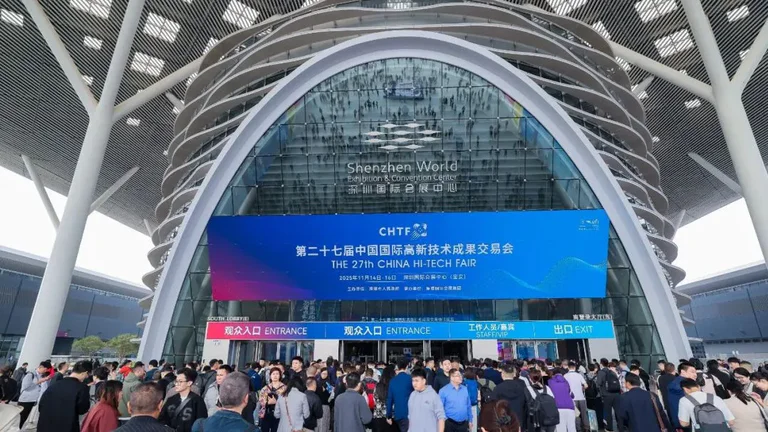なぜアダプティブ・ブライトネスがガラス上で重要なのか
透明なLEDは昼光で生きる。静的な明るさは、正午に電力を浪費し、夕暮れ後にまぶしさを引き起こす。アダプティブ・コントロールが解決します:
- エネルギー低光量時の電力を削減し、空調への熱負荷を軽減する。.
- 快適性とコンプライアンス反射を防ぎ、眼精疲労を防ぐ。.
- ブランドの一貫性気候やファサードを問わず、意図したとおりに表示される。.
キーコンセプト
- デイライト・センシングセンサーはガラスまたはその近辺の周囲ルクスを読み取る。.
- コンテンツ調光CMSまたはコントローラーは、スケジュールまたはセンサー入力を使用して出力輝度(cd/m²)を測定します。.
- スムージング移動平均やPIDは、雲の通過時に画面が “呼吸 ”しないように、速い変化を減衰させる。.
- デイ・パーティング夜明け/昼/夕暮れ/夜間のプリセットが可能。.
実施チェックリスト
- 現地地図
- 朝/昼/夕暮れ(週末+平日)の3つの時間帯で、ガラス面のルクスを測定する。.
- 視認距離と反射の危険性(光沢のある床、反対側のガラス)に注意する。.
- コントロールパスの選択
- アンビエント入力を内蔵したコントローラー、または外部センサーゲートウェイを備えたCMS。.
- 多店舗展開?透明スクリーンのサプライヤーを経由して、店舗ごとにプッシュされる中央テンプレートを使用します。.
- センサーを正しく配置する
- 直接スポットライトが当たらないように、窓際に取り付ける。.
- 複数のベイを使用する場合は、ベイごとのセンサーまたはウェイトゾーンを使用する。.
- デイパートのプリセットを定義する (出発点)
- ドーン 10-20% デイターゲット
- 日だ: ガラス面における正午のルクス測定に基づく
- 夕暮れ: 30-50% デイターゲット・ウォームホワイトポイント
- 夜(オープン): 10-25%(暗い背景
- 夜(定休日): アイドルプレイリストまたはオフ
- ガードレールの追加
- サイトごとの最小/最大cd/m²、DOOHゾーンのグローバル上限。.
- フリッカーを防ぐため、ウィンドウ3-5s(移動平均)を平滑化する。.
- QA&反復バージョン
- 明るさ対ルクスを1週間記録し、キャップとナイトパレットを調整する。.
透過型LEDディスプレイメーカーからのヒント:プリセットとLUTは店舗ごとにバージョン管理してください。ガラス、向き、室内塗装によって、知覚される明るさが変わります。.
カーブを作る
ルクス→cd/m²をマッピングする単純な区分線形曲線を使用し、低ルクスでは緩やかな傾斜、高ルクスでは上限を設定する。形状例:
- 0~200ルクス → デイターゲットの10~20%
- 200~1,000ルクス→ランプ→60~70%
- 1,000~5,000ルクス→ランプ~100%(キャップ)
- 5,000ルクス → キャップを保持、に切り替える 高コントラストコンテンツ セット
夜用のLUTを別に用意する(白はやや暖色系、中間色は濃いめ)。ファッション店では、快適さを保ちながら素材を美しく見せるために、夜間は~5000~5800Kに暖めることがよくあります。.
意図的に見えるコンテンツ減光
- 両パレットのデザイン昼のセットは明るいフィル、夜のセットは暗い背景と控えめなハイライト。.
- フルホワイトフラッシュなし; クランプ・ピーク・ホワイト ~85-90% グレアブルームを軽減する。.
- タイポグラフィのサイズ 距離別3~5m→≧60~80px、6~10m→≧90~120px。.
- アニメーションP3-P5以上のピッチでは細かいフリッカーパターンを避ける。.
- ブランドレビュー調光後の現場での色は、モニターからのスクリーンショットでは誤解を招く。.
センサーとコントローラーのオプション(ベンダーに聞くべきこと)
購入先がどこであろうと 導かれた透明なスクリーンの製造業者 または 導かれた透明なスクリーンの製造者, 確認する:
- センサーの配置と キャリブレーション ルクスの精度とドリフト)。.
- 入力待ち時間 およびスムージングオプション(移動平均、ヒステリシス、またはPID)。.
- ゾーンごとのコントロール マルチベイ窓用、緊急手動オーバーライド。.
- ロギングとアラート そうすることで、オペレーションはリモートで奇妙な動作を診断することができる。.
- あなたのマシンとの互換性 CMS そして メディアサーバー; テンプレートのAPIアクセス。.
貯蓄の定量化
- ベースライン:「日」固定の明るさで1週間走行;ログ Wh コントローラーまたはスマートプラグ経由で1日あたり。.
- 有効にする デイライト・センシング+コンテンツ調光; ロギングを繰り返す。.
- 比較:貯蓄は多くの場合、次のような場所にある。 20-45% 気候、向き、時間によって異なる。.
- を掛ける。 店舗×時間×kWhレート; 以下を含む HVACの利益 下火から。.
複数のサイトを持つブランドは、そのサイトでの結果を、あなたのブランドと一緒に集計してください。 商業透明な導かれたスクリーンの製造者 をモデル化する。.
快適性とコンプライアンス
- 目指せ 眩しさのない読みやすさ; 街角と斜めからのアングルでチェック。.
- あなたの都市が店頭/DOOHに明るさに関する注意事項を提供している場合は、次のように設定します。 グローバルキャップ とログを残す。.
- 制限を考慮する マイクロルーバー 透明度を保つため、1つのベイでテストしてください。.
トラブルシューティング
- 雲のあるスクリーンポンプ → スムージングウィンドウを増やす;ヒステリシスを加える(例えば、変更前は±5%)。.
- 昼はくすんで見える → デイキャップを少し上げ、スイッチを入れる 日間コンテンツセット (局所コントラストが高い)。.
- 夜間は明るすぎる → 背景を暗くする。.
- ベイ間のミスマッチ → 各センサーの光路をチェックする。.
200店舗以上への拡大
- テンプレート、キャップ、LUT、センサーSKUの標準化。.
- 物流: あなたの好みの製造者を通した導かれた透明なスクリーンの卸売を使用して下さい; 各地域で予備のセンサー/コントローラーを保って下さい。.
- ガバナンス:市販の透明なLEDスクリーン製造業者とインテグレーターが署名した校正仕様書を共有する。.
- モニタリング:エネルギー、稼働時間、コンプライアンスに関するフラグを含む月次レポート。.
よくあるご質問
Q1: 余分なハードウェアなしでセンシングは可能ですか?
パネルのフィードバックで周囲環境を推定するコントローラーもあるが、ガラスの反射で誤魔化されてしまう。窓際に小型の外部センサーを設置した方が信頼性が高い。.
Q2:調光によってブランドカラーが崩れることはありませんか?
パイプラインを調整し、承認するのであれば、そうではない。 日 そして 夜 ガラス上のパレット。店舗ごとのLUTをバージョン管理する。.
Q3: ソーシャル投稿のカメラのちらつきについてはどうですか?
リフレッシュ 3840 Hz, また、クリエイターに一般的なシャッター/フレームペアを提案する(例:30fpsで1/60)。コンテンツ内の高周波テクスチャを避ける。.
Q4:調光は寿命を縮めますか?
一般的には、熱応力を下げることで伸長させる。.



